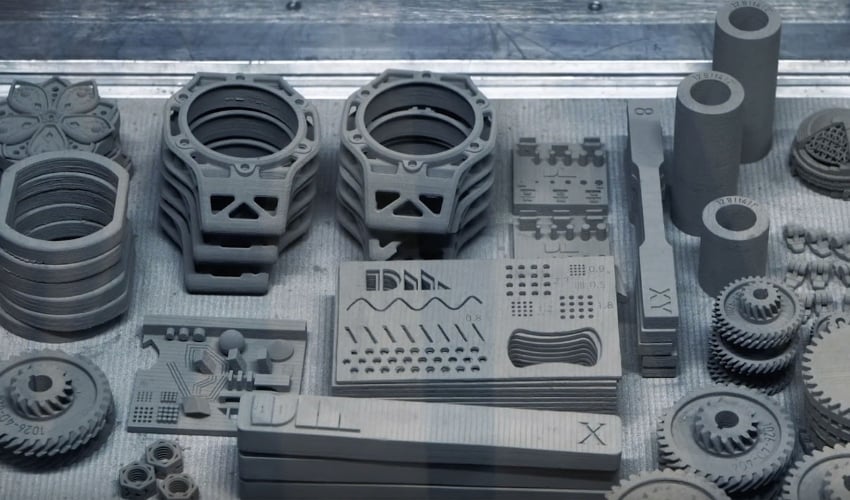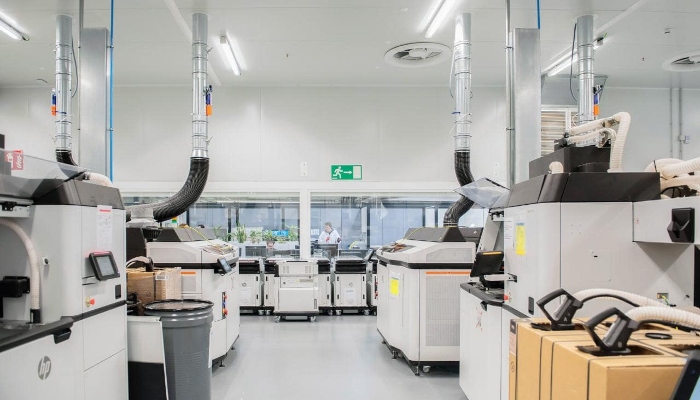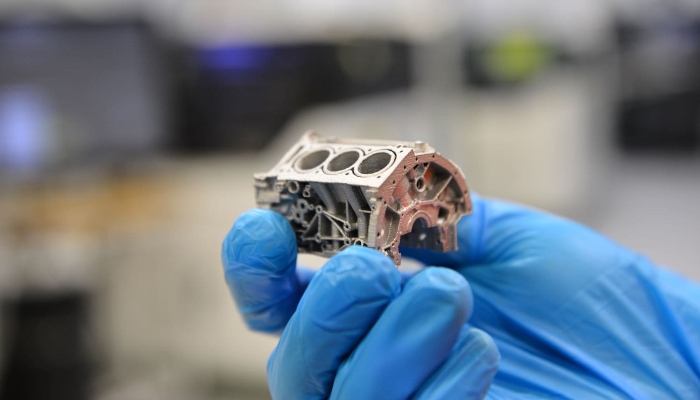Ford and HP Use Recycled 3D Printing Materials to 3D Print New Auto Parts

After the decision to once again turn to 3D printing for its manufacturing processes, Ford has joined forces with HP. The pair are set for an industry first, turning used 3D printed parts and powders into injection molded auto parts. While the primary importance of this feat is, of course, its reduction of the detrimental impacts 3D printing materials, in particular plastics, can have to the environment, it is also important to note that despite reusing old materials, the final parts show no compromise in durability or quality.
“Finding new ways to work with sustainable materials, reducing waste, and leading the development of the circular economy are passions at Ford,” Debbie Mielewski, Ford technical fellow, Sustainability commented. “Many companies are finding great uses for 3D printing technologies, but, together with HP, we’re the first to find a high-value application for waste powder that likely would have gone to landfill, transforming it into functional and durable auto parts.”

First installed on the Ford Super Duty F-250 trucks, these recycled materials are currently being used in the manufacture of injection-molded fuel-line clips. Not only do these parts meet the standard of chemical and moisture resistance offered by their conventionally manufactured counterparts but surpass them in terms of lightness (by 7%) and cost (by 10%). As such Ford’s research team have investigated which other parts may benefit of this new material and found ten other fuel line clips on existing vehicles that fit the profile.
While HP 3D printers are intended for, and well-suited to, high efficiency production, their systems and structures are also designed to generate a minimal amount of excess material and reuse as much of the material put into them as they can. HP’s chief sustainability and social impact officer, Ellen Jackowski commented “You get more sustainable manufacturing processes with 3D, but we are always striving to do more, driving our industry forward to find new ways to reduce, reuse and recycle powders and parts. Our collaboration with Ford extends the environmental benefits of 3D printing even further, showcasing how we are bringing entirely different industries together to make better use of spent manufacturing materials, enabling a new circular economy.” Working together, Ford and HP have now developed this solution which produces zero waste.

Ford have already incorporated 3D printing technologies in several areas of production. The company hope to one day exclusively use totally sustainable materials in its vehicles. Mielewski commented on how Ford’s collaboration with HP will facilitate the realisation of this goal: “A key to achieving our sustainability goals and solving the broader problems of society is working with other like-minded companies, we can’t do it alone,” she continues. “With HP, we defined the waste problem, solved technical challenges, and found a solution in less than one year, which is something in which we all take pride.”
What do you think of this partnership between Ford and HP? Let us know in a comment below or on our Facebook, Twitter and LinkedIn pages! Sign up for our free weekly Newsletter here, the latest 3D printing news straight to your inbox!






